History of the Samurai
An Introduction to the Story of the Samurai
By Paul 'Batman' O'Brien
B.A., N.C.E.H.S., Dip. Acu., Adv. Dip. OBB, Cert Clin. Med. Pn1, PN-SSR, PN-NCA, M.AFPA, M.ETCMA, M.C.Th.A.
The history of the samurai (侍) is a story as long as the history of Japan in many respects, and that on its own would take a full website and perhaps several books to cover. In this section of the website though I'll take you through the key points in Japanese martial history and how these events shaped and changed the samurai. You'll see a list of links below that will help you navigate the important developments in both samurai culture, martial arts, weapons and armour developments and the central aspects of their philosophy.
Below this I'll also give you a brief overview of the history of the samurai.
History of the Samurai Articles in Chronological Order
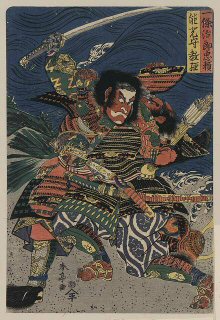
- The Birth of the Samurai: From Imperial Guards to Warriors of Legend
- The Way of Horse and Bow: The Core of Samurai Identity*
- Samurai Arms and Armour: Tools of the Trade*
- The Sword in Samurai Culture: Reality vs. Myth*
- Samurai Battle Tactics: The Science of War*
- The Warrior Bond: Organisation and Leadership*
- The Rise of the Kamakura Shogunate: Warriors Take Power*
- The Culture of War: Samurai Ethics and Values*
- The Mongol Invasions: Samurai Face a Foreign Enemy*
- The Evolution of the Samurai: Looking Forward*
- Becoming Samurai: Training and Education in Medieval Japan*
- Warriors of the Capital vs. Provincial Warriors*
- Divine Warriors: Religion and Spirituality in Samurai Combat*
- The Psychology of the Samurai Warrior*
- Women in Samurai Warfare and Culture*
- Castles and Fortifications: The Evolution of Samurai Defences*
- The Aesthetics of War: Samurai and Visual Culture*
- From Battlefield to Courtroom: Samurai as Administrators*
- Rituals of Combat: Formal and Informal Protocols*
- The Warrior's Diet and Health: Physical Preparation for Combat*
- Samurai Rebellion:The Story of Saigō Takamori *
- The Meiji Restoration: The End of the Samurai *
- The Samurai Tattoo: The Story of Irezumi
- Samurai Masks: The Face of the Warrior
- A Study of Samurai Banners *
- Ninja vs. Samurai: The Truth Behind the Myth *
- The Legend of the Forty Seven Samurai *
- Japanese Warriors: Samurai, Ninja, Militant Monks and More
- Japan Samurai Soul: A Look at Bushido *
- History of the Tanto: Side Arm of the Warrior
- Tanto Knives: History of the Tanto Part 2
* = Coming Soon
The samurai were originally servants of the ruling Japanese nobility, tasked with military duties. That is in fact the origin of the term Samurai. It originally read as "saburai", the Japanese pronunciation of a Chinese word meaning, "to serve". Later the samurai would become deeply linked with the term "bushi" meaning warrior, and today this is how most people view the samurai.
The history of the samurai is shaped by 7 distinct historical periods:
- The Asuka period (飛鳥時代)
- Nara period (奈良時代)
- Heian period (平安時代)
- Kamakura period (鎌倉時代)
- Muromachi period (室町時代)
- Azuchi-Momoyama period (安土桃山時代)
- Edo period (江戸時代)
The Asuka period or the "Asuka jidai" known by the poetic name or the "period of flying bird" begins with the introduction of Buddhism to Japan. Buddhism would become a cornerstone of samurai thought and philosophy in the centuries to come. At this more immediate point however it preceded the start of a relative peace in Japan due to the efforts of Prince Shotoku, who developed a 17-article constitution for Japan.
This document, known as the Jushichijo kenpo in 604 focused on the morals and virtues expected of government officials and those serving the emperor. Much like Buddhism, this document and its Confucian Ethics would have a huge impact on the development of samurai philosophy, the way of the warrior known as Bushido.
The Prince also instigated widespread political and social reforms known as the Taika Reforms (Taika no Kaishin , 大化の改新), in 646 AD after defeat of the Soga clan. This united Japan and legitimized Chinese cultural practices within the Japanese government and aristocracy. The most impactful of these was the adoption of the Chinese Military system - one of conscription in 702 AD. The Emperor Mommu issued an edict requiring a quarter to a third of males to be drafted into national military called the gundan-sei.
The history of the Samurai continued into what is known as the Nara period (710-794 AD) named for the move of the capital to Heijō-kyō, or Nara in 710 AD. At this time Japan was a mainly agrarian society despite the small amount of farm-able land. The indigenous Shinto (神道) faith flourished at the time due to its connection with nature (Shinto at its most basic understanding is a worship and appreciation of the spirit found in all elements such as tree's, rocks and even man-made items like swords or pins).
With the new capital in Nara the city flourished and thrived. Better roads and an increase in the population lead to greater income. Better roads also lead to more efficient tax collection. Outside the city walls however things were not so good, with many destitute from having to hand over increasing amounts of decreasing produce.
The government in Nara dealt with those that were struggling ruthlessly by seizing their land and expelling the workers and tenants. These people became furosha ('wave people' - as in tossed around by the waves, or homeless) and "public lands" increasingly reverted to becoming shōen (荘園 or 庄園), or government-owned land. The wealthy few and local land-holders wanted to secure their property and protect themselves so they hired bodyguards, local martial artists or those who had completed their conscripted military service. This was the first time that private citizens were employed to serve as soldiers/bodyguards/security and the a key point in the history of the Samurai.
We'll continue the history of the Samurai in the next section, as it's pretty important and is worthy of a whole article in its own right - read part 2 -The Birth of the Samurai: From Imperial Guards to Warriors of Legend right now.
- Home
- Samurai History
If you'd like to train in authentic Japanese Martial Arts, those same warrior skills developed by the samurai, check out my dojo at DublinKendo.com
- - - -
If you want to get in great physical, mental and emotional shape using the same principles and techniques inspired by the fedual warriors and healers of Japan, check out my Samurai Strength Programs.
Return from the History of the Samurai, to the Way of the Samurai Home Page.
Free Samurai E-books
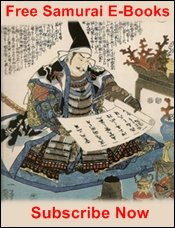
Get Free Exclusive Samurai Guides and E-books

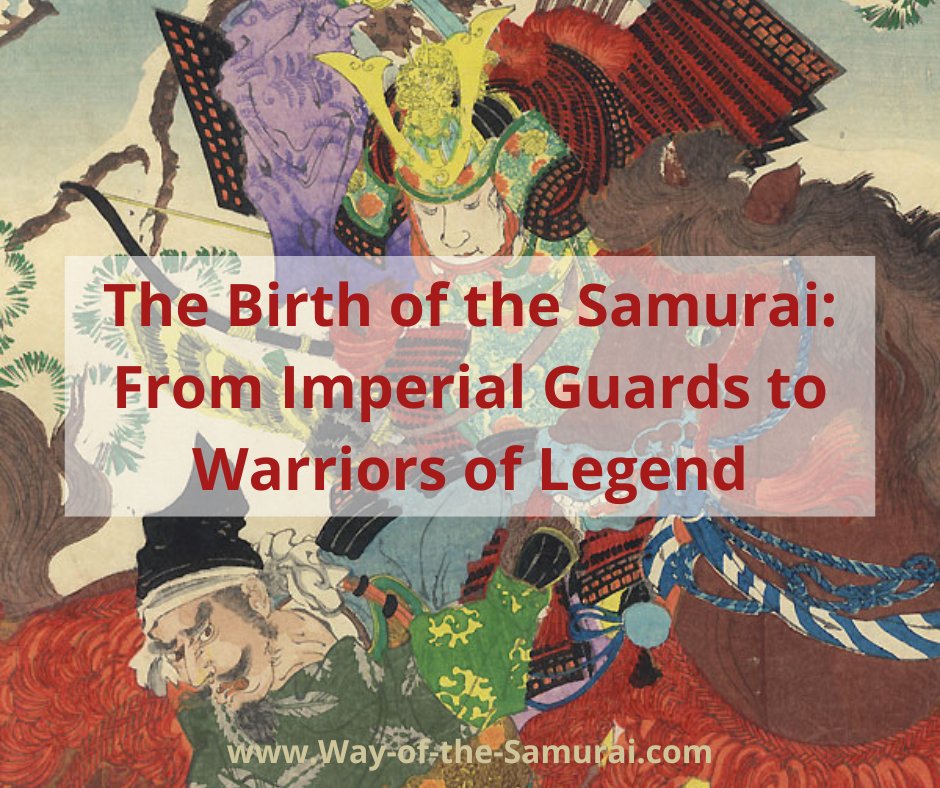
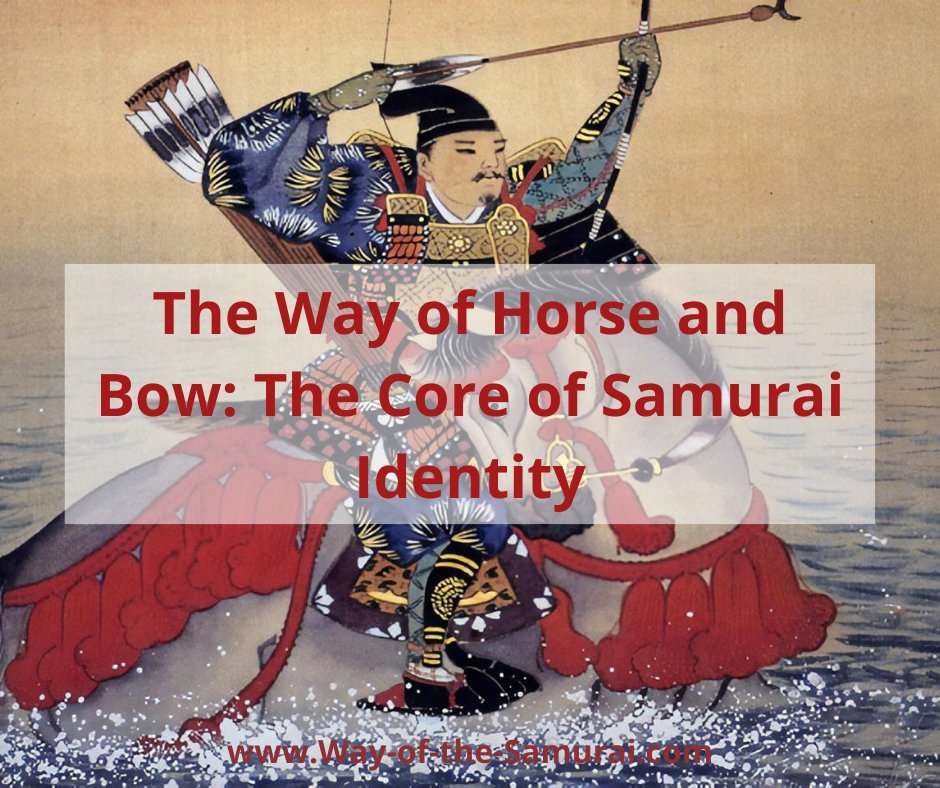




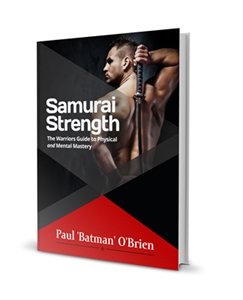
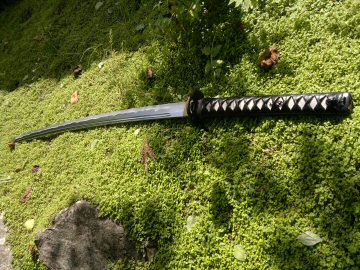
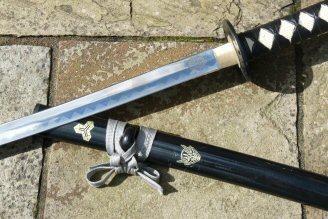
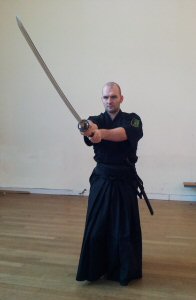
New! Comments
Have your say about what you just read! Leave me a comment in the box below.